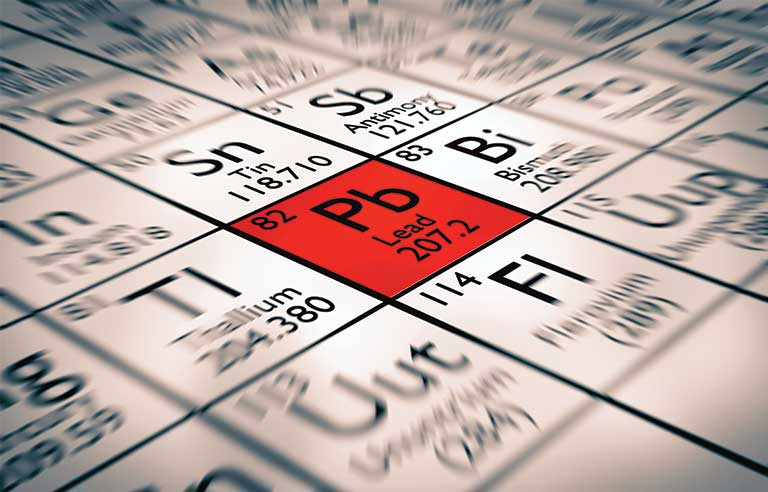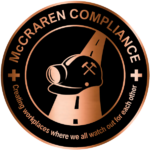
Washington — In response to multiple stakeholder requests, OSHA has extended until Oct. 28 the comment period on a proposed rule that would revise the agency’s standards on occupational exposure to lead in general industry and construction.
According to a notice published in the Aug. 18 Federal Register, the extension provides stakeholders additional time to collect information and data necessary to submit responses and comments. The initial deadline was Aug. 29.
OSHA, in the June 28 Federal Register, published an advance notice of supplemental proposed rulemaking seeking input on blood lead levels for medical removal and return to work, as well as:
- Medical surveillance provisions, including triggers and frequency of blood lead monitoring
- Permissible exposure limits
- Ancillary provisions for personal protective equipment, housekeeping, hygiene and training
The agency’s blood lead level for medical removal is 60 micrograms per deciliter or more for general industry and 50 micrograms per deciliter or more in construction. The return-to-work BLL is less than 40 micrograms per deciliter.
OSHA adopted its standards on lead exposure for general industry and construction in 1978 and 1992, respectively. Since then, studies by the American Conference of Governmental Industrial Hygienists, the Environmental Protection Agency, and the Association of Occupational and Environmental Clinics, among other organizations, have indicated that adverse effects can occur at lower BLLs.
“For example, BLLs as low as 5 μg/dL have been associated with impaired kidney and reproductive function, high blood pressure, and cognitive effects attributed to prenatal exposure,” the ANPRM stated. “Poorer performance on neurocognitive and neuropsychologic assessments were observed in adults with BLLs as low as 5-19 μg/dL compared with adults with BLLs below 5 μg/dL.”
McCraren Compliance assists employers in protecting their workers, starting with a comprehensive Work-site Analysis, Hazard Prevention, Controls, and Safety & Health Training.
Please contact us today at 888-758-4757 to learn how we can provide mine safety training and consulting for your business.


